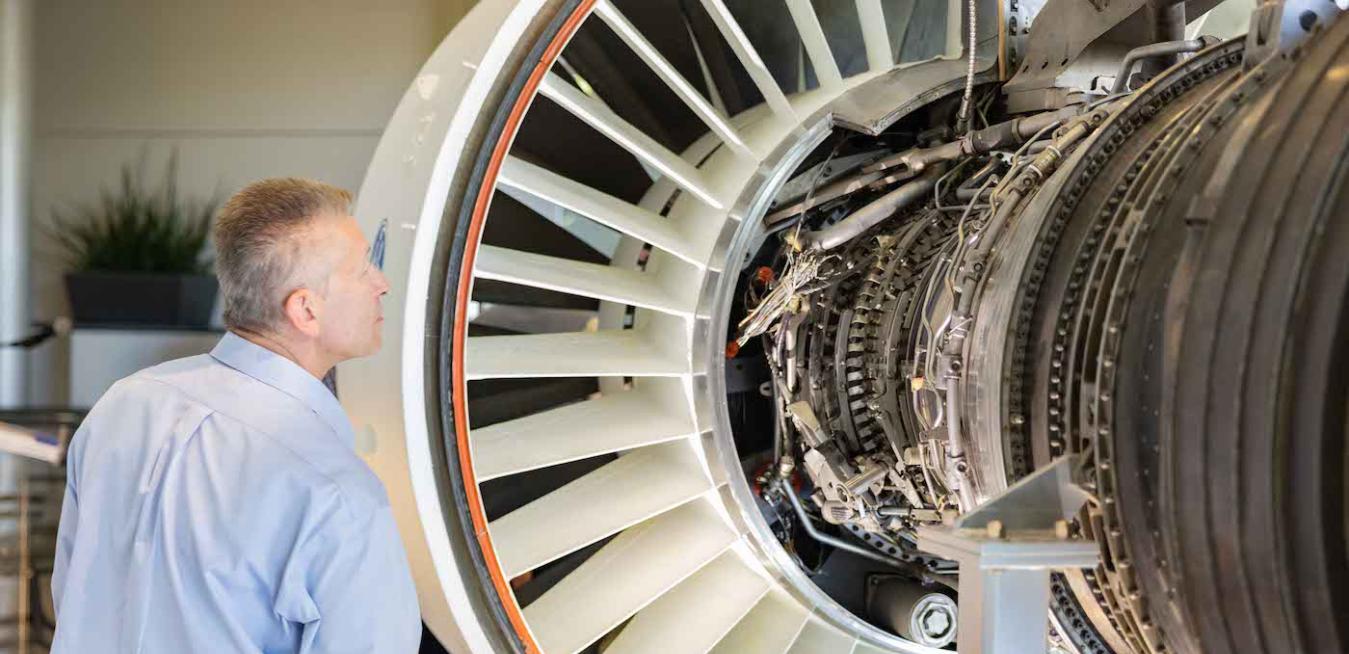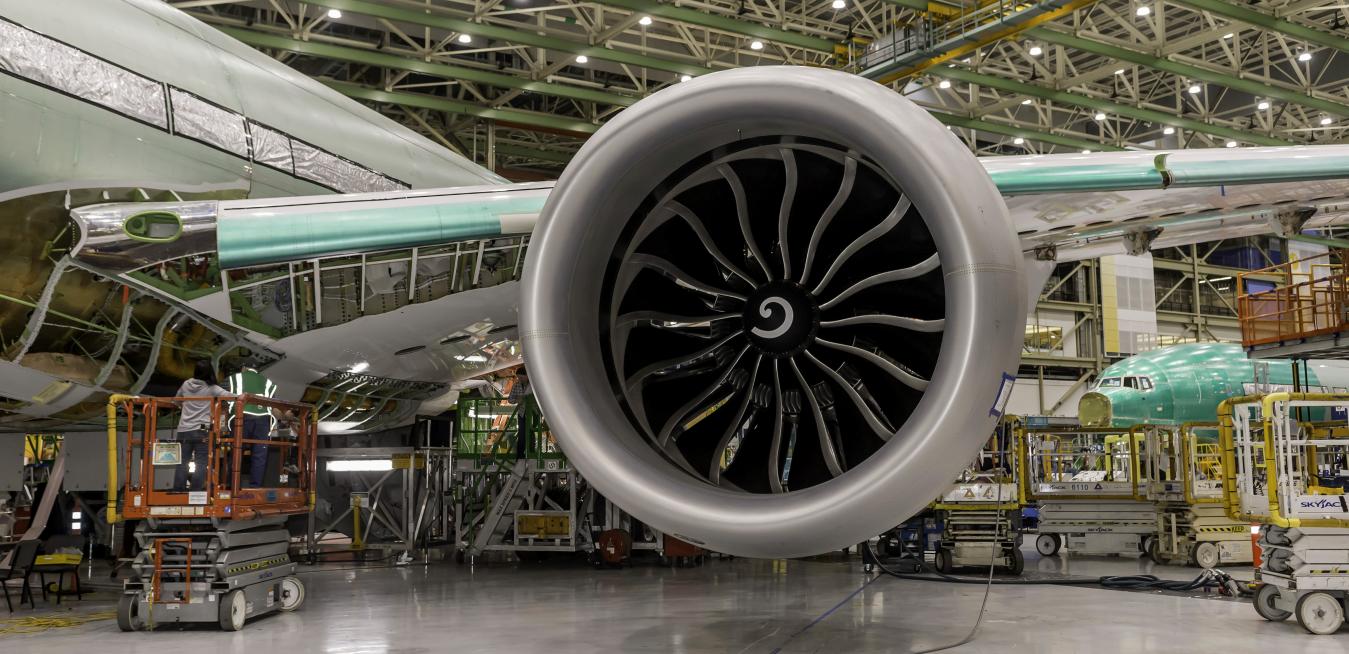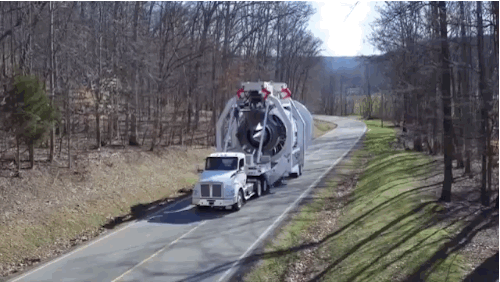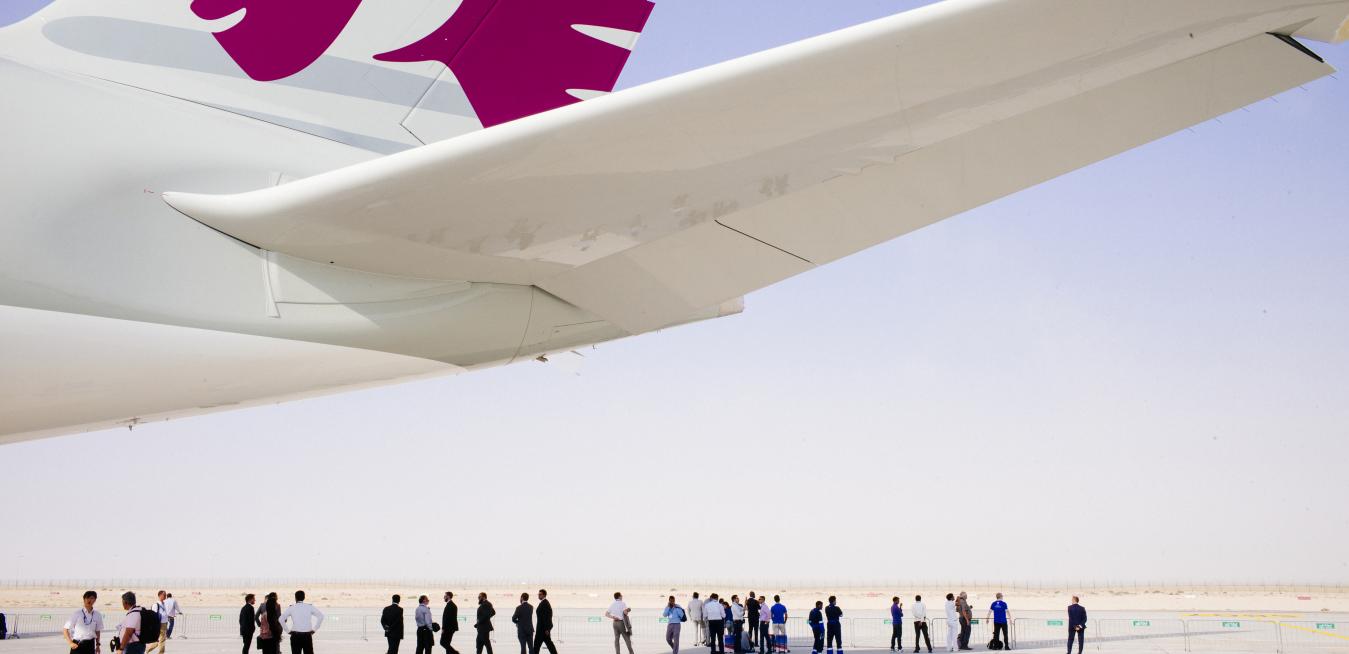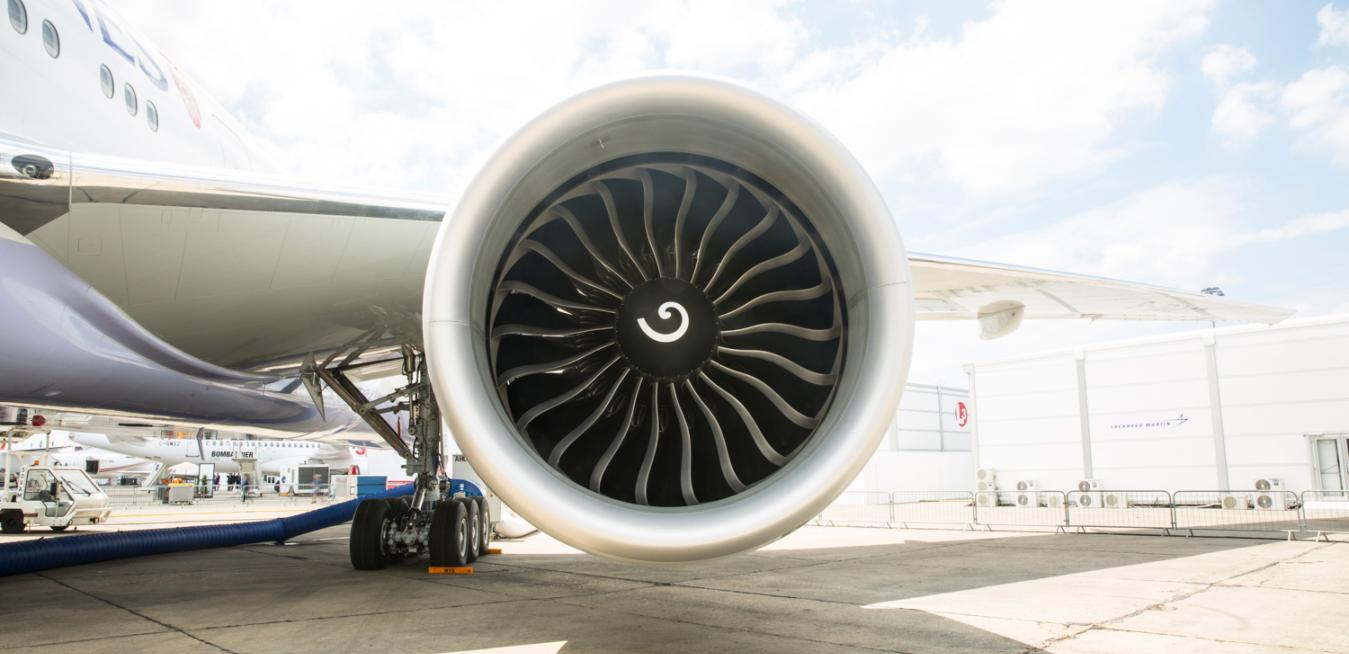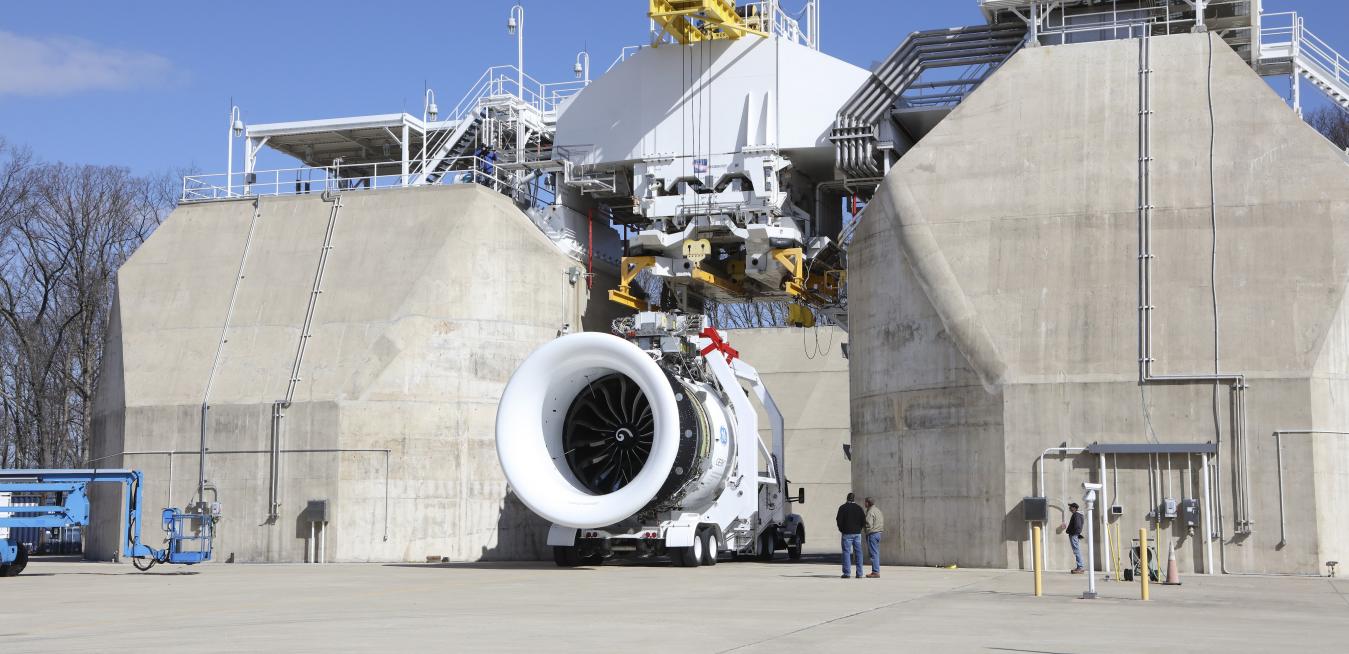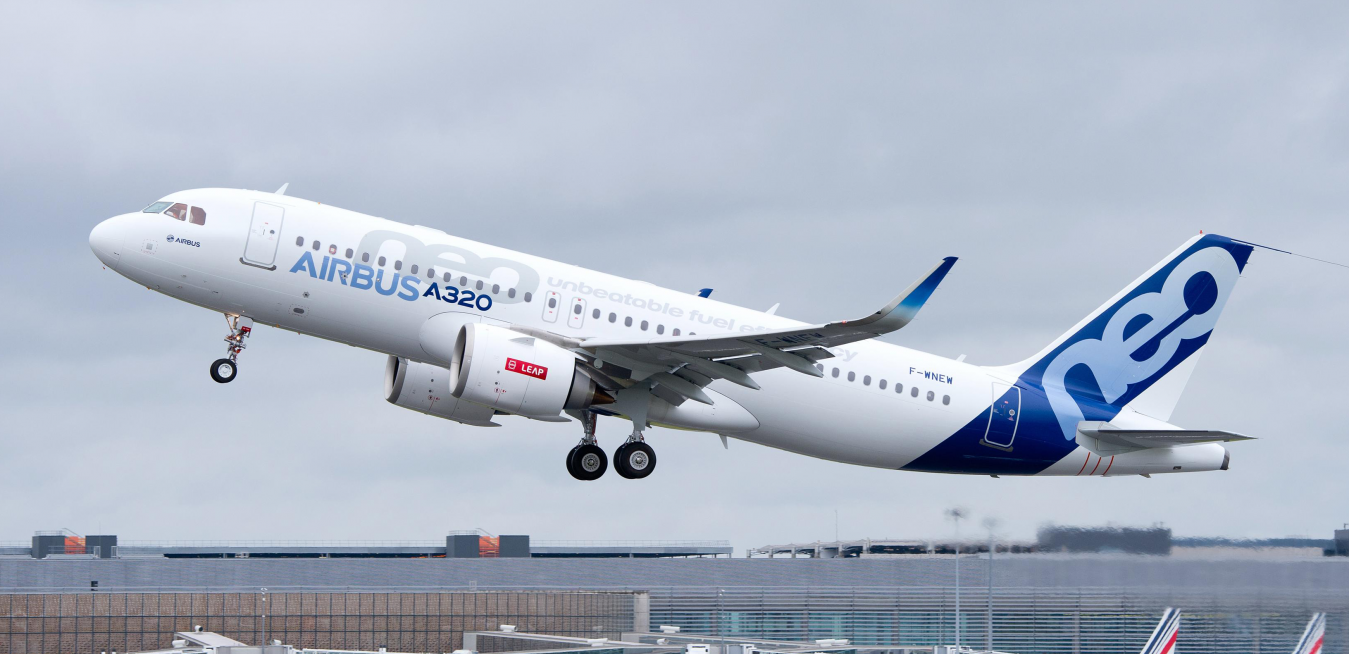The dawn of the jet age gave birth to the concept of the global village. Once jet engines made the jump from military fighters to civilian planes in the 1950s, commercial passenger service could carry people farther and faster than ever before. Fares dropped, ticket sales quadrupled, and by 1972 almost half of all Americans had traveled by air.
Few sights are more terrifying than a surface-to-air missile (SAM) targeting you while flying a B-1B bomber 25,000 feet over a hostile part of Iraq at 600 mph. But retired U.S. Air Force Lt. Col. William Dobbs surprised himself in 2003 by remaining preternaturally calm when he alerted his crew members that a missile launch tone had sounded. His only concession to anxiety, he acknowledges ruefully: “My voice came out several octaves higher than normal.”
Fixing Cells On-Site
Nick Kray is no Picasso, yet his work is on display at New York’s Museum of Modern Art. A decade ago, MoMA’s design collection picked up a composite fan blade from the GE90 jet engine that Kray helped create. The blade’s onyx black sinuous curves are pleasing to look at, but for Kray they are no longer state of the art. “We are now working on the fourth generation of that technology,” Kray says.
It’s a giant.
